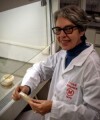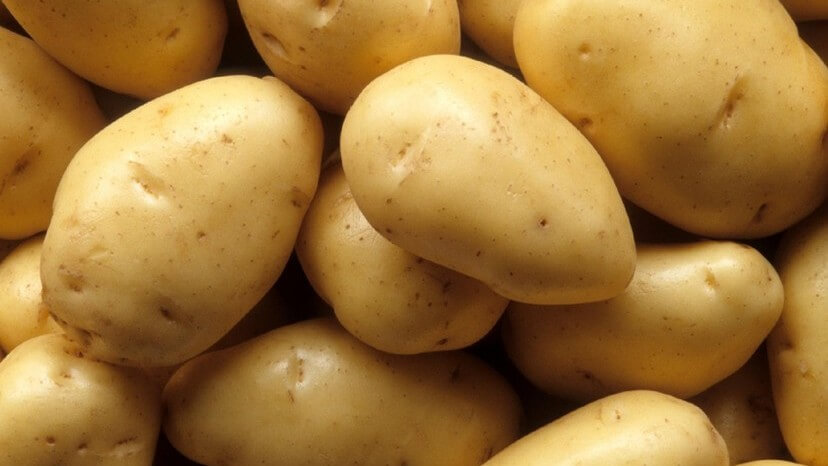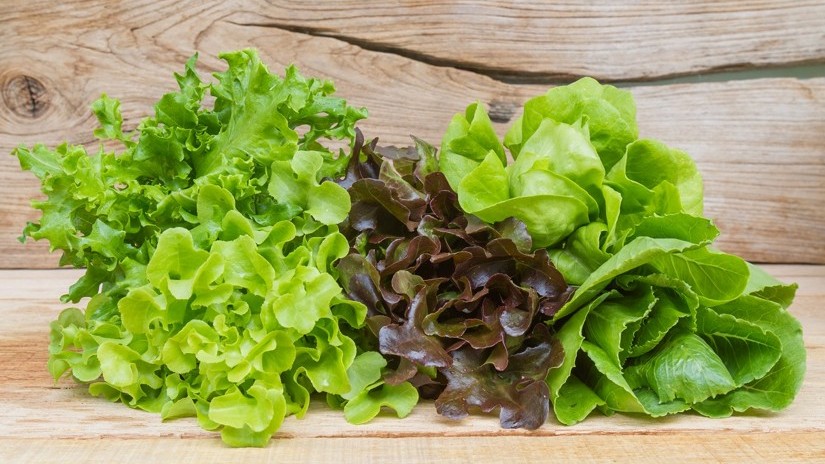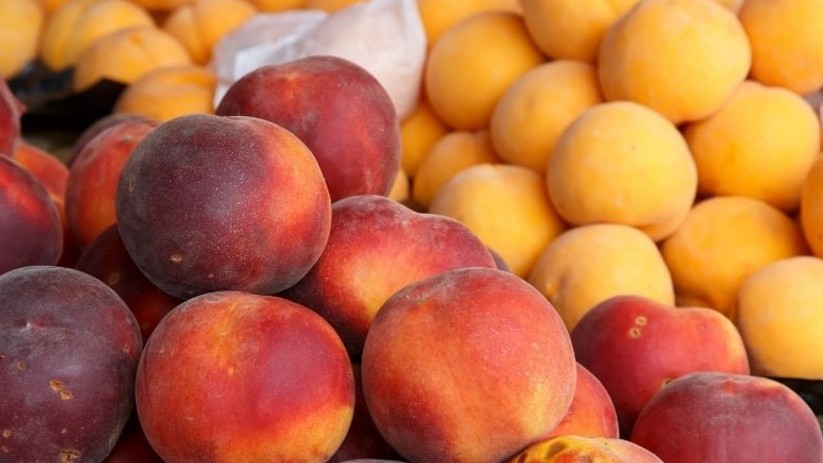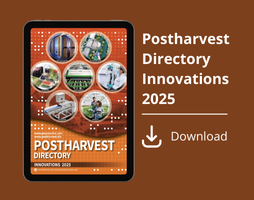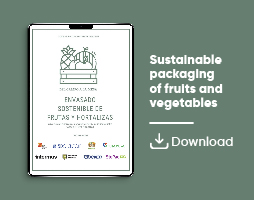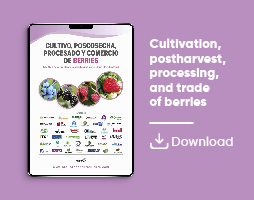News
Application of UV-A and UV-B to increase the nutritional value of leafy vegetables
Short-term application of UV-A and UV-B radiation to leafy vegetables during post-harvest stimulates the biosynthesis of bioactive secondary metabolites
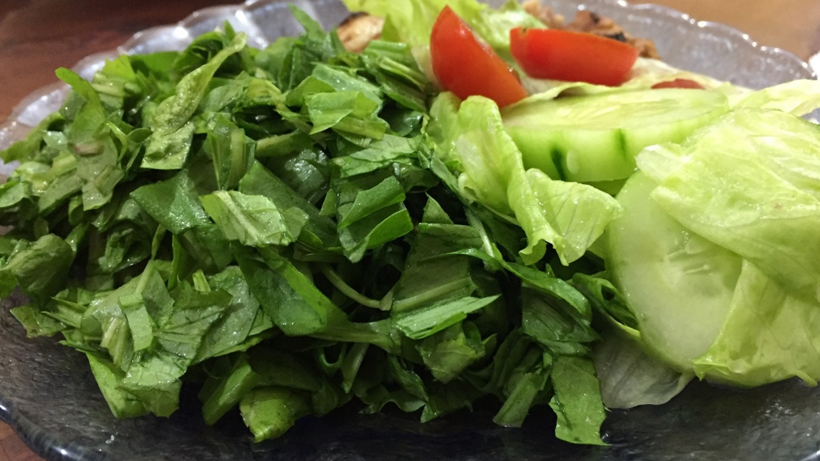
Lettuce (Lactuca sativa L.) and chicory (Cichorium intybus L.) are commonly consumed leafy vegetables belonging to the Asteraceae family. They are commercially grown in open fields and greenhouses, which may use artificial lighting systems.
They are low in calories and rich in fiber, vitamins, minerals, and antioxidants, making them a nutritious addition to a healthy diet.
Many secondary metabolites synthesized by plants are recognized for their health benefits, mainly due to their antioxidant activities, such as phenolic compounds and carotenoids.
The consumption of antioxidants through diet is linked to the prevention or mitigation of adverse pathological conditions, especially cardiovascular disease, cancer, and diabetes mellitus.
The antioxidant effects of phenolic compounds in the human diet have sparked great interest in this field. Flavonoids and phenolic acids are examples of compounds that capture free radicals and suppress singlet oxygen (oxygen in an excited, highly oxidative state).
The leaves of these vegetables are rich in substances of medicinal importance, such as phenolic acids, flavonoids, carotenoids, folate, inulin, and sesquiterpene lactones, terpenoids with a characteristic bitter taste, present in chicory.
Fruits and vegetables are extremely perishable during the post-harvest stage, so it is essential to extend their shelf life, improve their resistance to disease, and preserve their beneficial compounds.
UV, a physical method with the potential to extend the shelf life of vegetables
To address these challenges, various technologies are employed, including physical methods.
Ultraviolet (UV) radiation is emerging as a promising alternative to chemical methods, with the potential to extend the shelf life of various horticultural crops during storage.
Previous studies indicate that UV-C radiation effectively inactivates microorganisms during the storage stage.
Additional advantages
Although less effective, UV-A and UV-B radiation can contribute to improving the quality of food products by promoting the synthesis of beneficial compounds.
UV radiation plays a decisive role in regulating the physiological responses of plants and signaling pathways, especially UV-B and UV-A.
UV-B affects photosynthetic efficiency, increases antioxidant defense, and promotes the accumulation of secondary metabolites in plants. UV-A radiation affects chloroplast movement, stomatal regulation, and photomorphogenesis*.
Both UV-B and UV-A radiation can cause stress reactions in plants, but when applied at appropriate doses and wavelengths, they also promote positive processes such as increased flavonoid synthesis, efficient pathogen resistance, and improved development.
Application using LED-UV
LED-UV (UV light-emitting diodes) offer several advantages, such as energy efficiency and precise control of the UV spectrum, which has increased interest in their use in stored product applications.
Indoor-grown vegetables lack natural sunlight, which can be a disadvantage. However, this limitation can be overcome by exposure to photosynthetically active radiation and UV light.
Photosynthetically active radiation, with wavelengths from 400 to 700 nm, has been shown to is vital for promoting photosynthesis and modulating the physiological responses of plants through specific photoreceptors, such as phytochromes and cryptochromes, which capture light signals and initiate signaling cascades that regulate gene expression related to the biosynthesis of secondary metabolites.
In addition, UV light in postharvest treatment, as an abiotic stress factor, induces the biosynthesis of secondary metabolites, thereby improving nutritional properties and extending shelf life, thus preventing fungal diseases.
Wavelengths and optimal doses
A recent study investigated the relationship between different UV wavelengths and doses in post-harvest treatments and their impact on the specific accumulation of secondary metabolites in lettuce and chicory, including phenolic compounds, carotenoids, and sesquiterpene lactones, while also evaluating the antioxidant activity of phenolic compound extracts.
The optimal combination of wavelength and dose was also identified in order to optimize the biosynthesis of secondary metabolites, thus contributing to better quality and nutritional value during postharvest.
Post-harvest treatments with photosynthetically active radiation (control), UV-B (310 nm for 0.5 h to 2 h) and two UV-A wavelengths (340 nm and 365 nm for 1.5 h to 6 h) were applied to young lettuce and chicory leaves.
Short-term UV-B (0.5 h and 1 h) and UV-A (1.5 h and 2 h) treatments achieved the highest accumulation of phenolic acids, such as chicoric acid, and sesquiterpene lactones, in both lettuce and chicory.
In chicory, chlorogenic acid levels increased with UV-A radiation, and flavonoid glycoside production was induced by both UV-B and UV-A light.
UV-B (1 h) and UV-A (2 h) treatments resulted in the highest levels of lutein and β-carotene in both lettuce and chicory.
Post-harvest UV treatment is cost-effective and reliable, making it a very good option for commercial applications.
*A set of processes that lead to plant development in response to light; it is distinct from photosynthesis, although both depend on light. Photomorphogenesis involves the perception of light by the plant's photoreceptors, which triggers developmental responses.
Sources
Liu, H.; Pöhnl, T.; Ji, Z.; Neugart, S. (2025).
Short-term postharvest UV-A and UV-B application enhances bioactive plant secondary metabolites in leafy vegetables
Postharvest Biology and Technology, 229:113679.
Cover Photo
https://www.relojdevinyl.com/acompanamiento/ensalada-de-radicheta-achicoria/ Access on 18/08/2025.


